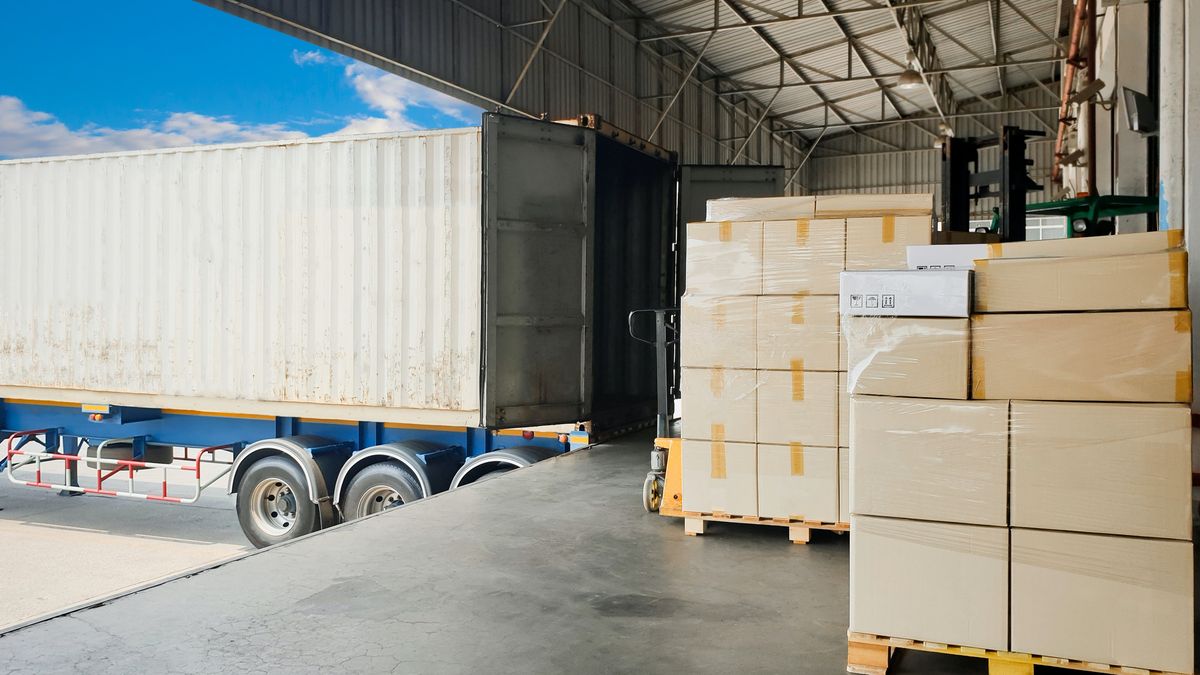He automotive transport It is the main method of land transportation, both in Argentina and in the world, and is a central element in the management of cargo logistics. But this enormous role in the entire distribution and supply system also has an environmental cost: All the trucks that circulate through our country statistically emit, per year, a minimum of 34 and a maximum of 42 tons of CO2.
According to a specialized study a minimum of 170,000 trees need to be planted per year to offset the emissions caused by trucks in Argentina.
Studies by the Inter-American Development Bank (IDB) highlighted that road freight transportation is a major demander of energy, particularly fossil fuels, on which its operation is exclusively based. The consequence of this is that trucks alone represent 3% of greenhouse gas (GHG) emissions in the world.
In Argentina, the participation of this type of transport is strongly dominant, and reaches 93% of the interurban load. The total fleet is estimated to include around 283,000 vehicles between trucks and tractor-trailers.
If we consider an average emission of 1.02 kg of CO2 per kilometer and a range of 120,000 to 145,000 km traveled annually by truck, Each vehicle can emit a minimum of 122.4 tons of CO2 per year to the ecosystem and a maximum of 147.9 tons, according to a measurement carried out by AvancargoArgentine platform that unites cargo shippers with carriers.
The company has an automated CO2 emissions calculation system for freight transportation, which allows it to periodically prepare the “Impact and Sustainability Study on Transportation in Argentina.”
According to the latest edition of this study that includes a survey of more than 300 companies transport of different sizes and locations, only 9% of companies keep track or otherwise report their GHGs. This figure represents a decrease compared to the 15% expressed in 2023 and 2022.
When talking about compensation, only 13% of those surveyed said that they currently offset their footprintwhile 45% said they are interested in doing so. This represents an increase in interest of 20% compared to the 2023 results.
A positive indicator was that 69% of respondents responded that is willing to report fuel efficiency data of their trips to measure their GHGs. This represents an increase compared to the previous edition (64%).
Although the report reflects progress in sustainability, it also shows that there are deficiencies in education and training: Only 62% of the transporters surveyed said they knew what the carbon footprint is, with the exception that when asked to define it, 16% of that 62% defined it incorrectly.
Currently, a little more than a third of freight transport companies are feeling pressure from customers or even their own to reduce GHGs. There is an increase of 4 percentage points in the last two years and the pressure increases especially in companies that have their own fleet..
The pressure to reduce GHGs comes mainly from personal motivation or business need (97%). Although, increasing pressure from clients continues (11% in 2024 vs 3% in 2022), State pressure remains very low (3%).
In addition, there are differences in the load segments. Those that are putting the greatest pressure on their transporters to reduce their GHGs are the agricultural (harvest and inputs), industrial, mining, oil & gas and construction sectors.
How the Argentine logistics industry responds to the challenge of sustainability
The analysis that accompanies the study explains how the scale of operation, administrative responsibility and access to resources influence sustainability of each segment.
It highlights that Owners with diversified fleets and logistics operators lead in the adoption of efficient practiceswhile employed drivers emerge as a key segment influenced by their employers. On the other hand, outsourced operators must improve alignment with their suppliers to close gaps in efficiency management.
It also indicates that greater awareness and efficiency were recorded in those carriers with long operations: Those who travel more than 10,000 km per month show greater knowledge about their footprint and greater willingness to take action.
In intermediate operations, there is also high readiness, according to the report. Those between 7,000 and 8,000 km per month have the greatest willingness to invest in fuel efficiency, suggesting that green leasing programs would be very effective for this group.
Regarding environmental education, the study highlights that where there is the greatest need is among those transporters who carry out short operations. In carriers with less than 3,000 km, awareness and willingness to compensate are less, but their high willingness to report efficiency opens a door to promoting more sustainable practices.
In conclusion of the survey, Pablo Mendonça Paz, CMO of Avancargo, pointed out: “There is an opportunity for a very large positive impact if measurement and compensation tools and processes are offered that are easier than the current ones. The intention to compensate occurs transversally in carriers of all types, fleet size, but with greater intention in those that they feel some type of pressure from themselves or from third parties to reduce carbon emissions.”
Source: Ambito
I am an author and journalist who has worked in the entertainment industry for over a decade. I currently work as a news editor at a major news website, and my focus is on covering the latest trends in entertainment. I also write occasional pieces for other outlets, and have authored two books about the entertainment industry.




